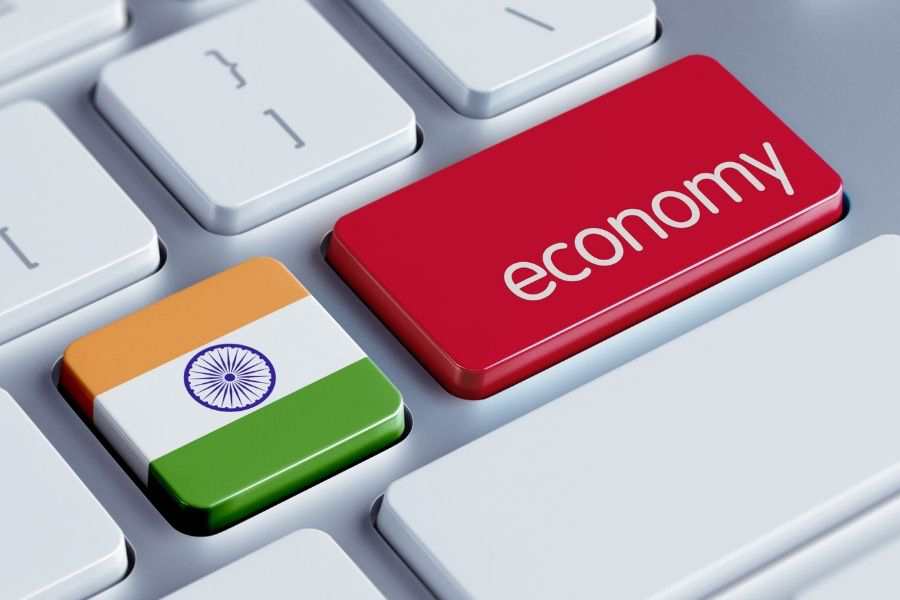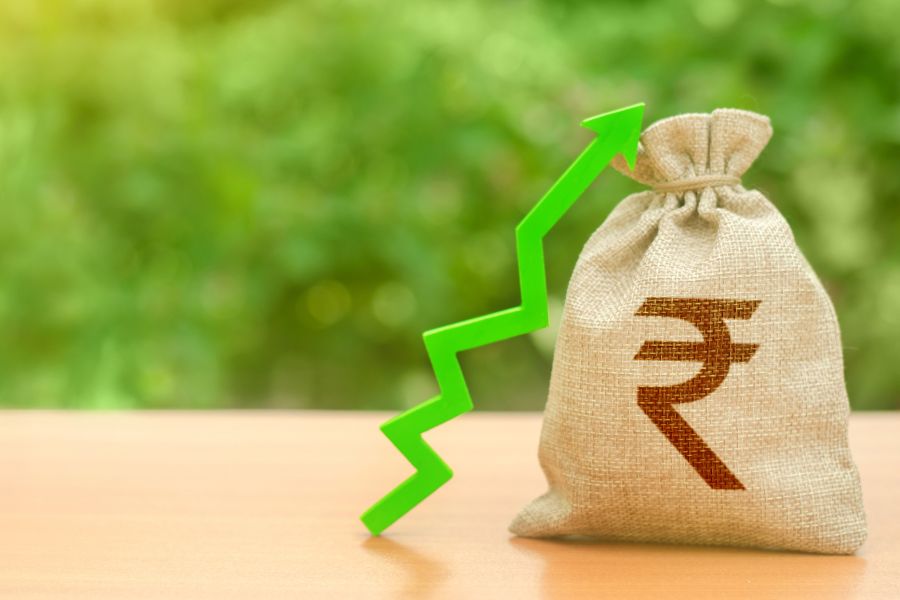Budget 2020: Pushing the growth levers
• For the first time in NDA tenure, India’s fiscal deficit target increased to 3.8% of GDP. There are eclectic reasons explaining this decline which includes, reduced corporate tax, economic slowdown, lower consumption, pessimistic sentiments, changes in GST slabs.
• The Centre’s fiscal deficit so far has been financed by Rs 6.45 lakh crore of total net market borrowings, 144% of the budgeted Rs 4.48 lakh crore.
• The budgeted estimates for expenditure on education and health for 2020-21 as compared to the revised estimates for 2019-20 have fallen from 3.5% and 2.4% of the total expenditure to 3.3% and 2.2% respectively.
• Government is aggressively eyeing to increase the confidence of consumers in financial institutions which will then ameliorate the savings rate. Also, to boost the sentiments of households the limit of bank depositor’s insurance coverage was raised to Rs 5 lakh from Rs 1 lakh.

For the first time in NDA tenure, India’s fiscal deficit increased to 3.8% of GDP for the next fiscal year. There are eclectic reasons explaining this decline which includes, reduced corporate tax, economic slowdown, lower consumption, pessimistic sentiments, changes in GST slabs. The most puzzling figure in the fiscal math is the low borrowings despite the sharp slip on the deficit target. This may be explained by borrowings from small savings funds, which have nearly doubled from last year. In the previous Budget, the Centre’s gross borrowings for FY20 were pegged at Rs 7.1 lakh crore and net borrowings at Rs 4.48 lakh crore. The Centre’s fiscal deficit so far has been financed by Rs 6.45 lakh crore of total net market borrowings, 144% of the budgeted Rs 4.48 lakh crore. For FY 2020, the deficit is close to Rs 7.78 lakh crores.
The Union Budget for 2020-21 has focussed on the farm sector, building physical infrastructure, improving social services, digitising the economy, promoting MSMEs and start-ups, encouraging research and development and making India healthy, green and clean. The financial sector reforms announced in Union Budget along with recapitalisation of public sector banks (PSBs) will facilitate overall credit growth in the economy. The investment and infrastructure push given in the budget is a welcome move to boost growth and employment. The government has demonstrated commitment to fiscal consolidation in 2020-21 as per the FRBM glide path (with a tolerated deviation of 0.5%), notwithstanding a challenging domestic and global environment impacting the outlook for growth.
The budgeted estimates for expenditure on education and health for 2020-21 as compared to the revised estimates for 2019-20 have fallen from 3.5% and 2.4% of the total expenditure to 3.3% and 2.2% respectively. Considering the vitality of these sectors in ensuring long-term economic development, the expenditure cuts are problematic and will hopefully be offset by higher allocation from the infrastructure spending towards these areas.
Focusing on Farm & Farmers
The central government would inject nearly US$ 40 billion into the sprawling farm sector and billions more into a federal water scheme to get broader economic growth back up from its lowest in a decade. Recognizing the importance of primary sector, government came up with a sixteen-point agenda, which is expected to give a big push to this sector and also facilitate in doubling farmer’s income. This is no doubt going to give boost to agriculture growth if implemented efficiently, else the risk of a vicious cycle with another possible rise in deficit will be observed in FY 2021-22 as well. The concept of one district one product is not novel but is expected to give momentum to horticulture. To buttress agri exports, Krishi UDAAN scheme for agricultural exports on international and national routes has been announced.
The fact which is already highlighted in economic survey is that the Indian economy is expected to grow at 5% against 6.8% in the previous fiscal. It is imperative that government spending targets the rural economy and “unorganized sectors.” The latter refers to parts of the economy that employ workers without written contracts, paid leave, and health or social security benefits. The informal sectors (including farm) account for roughly 94% of India’s total employment and 45% of the country’s output. That’s also where the growth opportunities are lying, which are unutilized.
Revival Initiatives
If we go by the allocation of money to various sectors, this budget definitely seems balanced in terms of promoting and pushing major contributing pillars of our economy such as education, skill, rural development, manufacturing, energy, infrastructure, transport, MSMEs and health. Apart from this, government is aggressively eyeing to increase the confidence of consumers in financial institutions, which will then ameliorate the savings rate. Also, to boost the sentiments of households the limit of bank depositor’s insurance coverage was raised to Rs 5 lakh from Rs 1 lakh.
The real catch of the budget is the optional tax scheme which an individual may opt for if the preference is inclined towards liquid portfolios (without tax exemptions). This is currently portraying an equivocal picture because, on one hand, the government is trying to escalate savings rate, but on another hand this optional tax scheme may encourage consumption in short run to certain segments of economy. The medium-term impact will be seen by the end of next fiscal year, when new tax collection figures will be out. One major issue that the government should also target is to revive tax to GDP ratio as it is really low at 10.9%. The average tax to GDP ratio of OECD economies is more than 30%, henceforth it becomes indispensable for us to address and rectify the ratio.
With risk of rising India’s debt (due to borrowings), fiscal deficit is expected to rise and we may breach the target of 3.5% for coming fiscal year. Thus, to stop this vicious cycle, long term policies in revamping our economic journey are must. While tackling the short term slowdown takes precedence, long-term economic sustainability should not be traded off.













Leave a comment